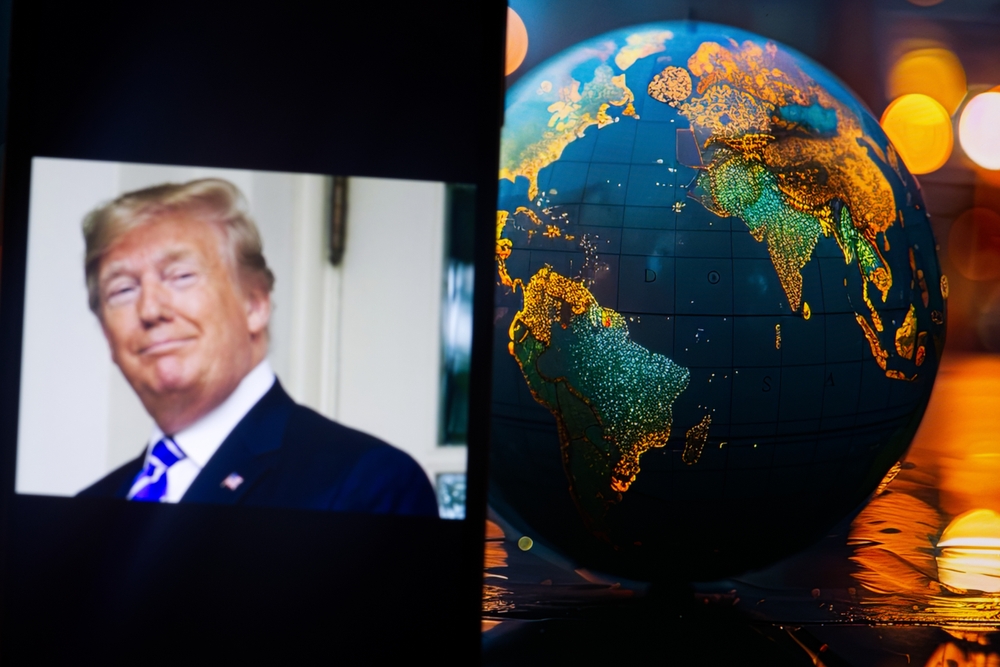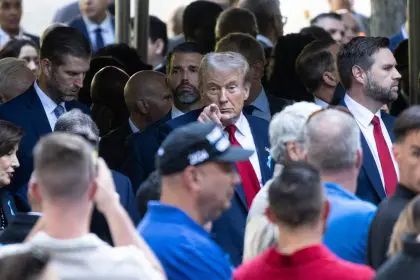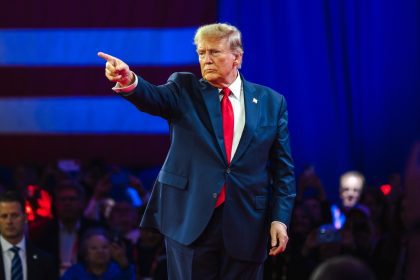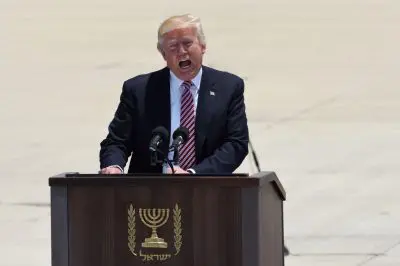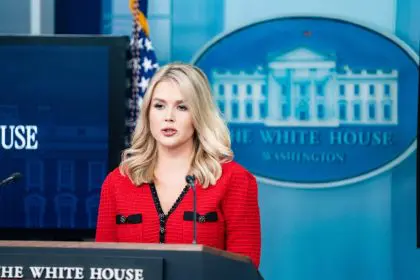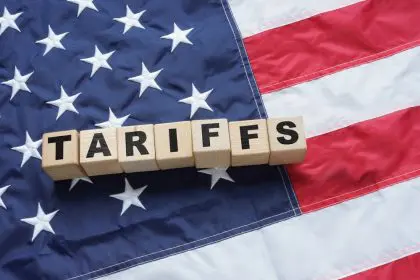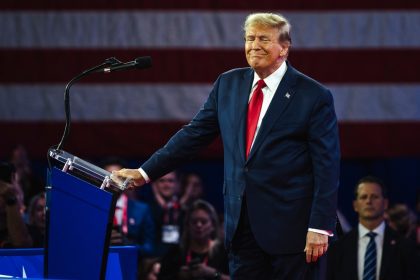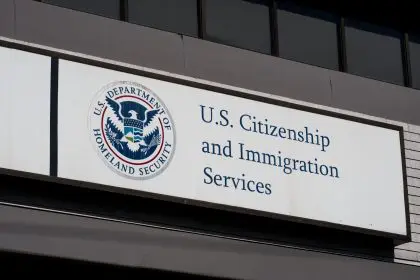Second-term president revives aggressive tariff strategy, sending shockwaves through international commerce
President Donald Trump has rekindled his combative trade approach in the opening months of his second administration, deploying tariff threats as diplomatic weapons against key U.S. allies and trading partners. The strategy mirrors the disruptive tactics that defined his first presidency, creating fresh uncertainty in global markets.
Trump’s Renewed Tariff Arsenal
The president’s latest offensive targets Japan and South Korea with potential 25% tariffs, escalating to even higher penalties for goods that undergo transshipment — the practice of rerouting cargo through intermediate countries. These announcements, delivered through social media correspondence, represent a dramatic return to the unpredictable trade policies that characterized Trump’s earlier tenure.
The threats gained momentum following Trump’s Liberation Day address on April 2, where he signaled his intention to impose substantial trade barriers on multiple nations. Financial markets responded predictably, with stock indices tumbling as investors grappled with the implications of renewed trade hostilities.
Expanding the Tariff Net
Trump’s ambitions extend far beyond traditional allies. Countries including Laos, Myanmar, South Africa, Malaysia and Kazakhstan now face potential tariffs ranging from 25% to 40%. These measures would be implemented under the International Emergency Economic Powers Act, though their constitutional validity remains under judicial scrutiny.
The S&P 500 index shed 1% in immediate response to these announcements, underscoring the market’s sensitivity to trade policy shifts. This volatility reflects deeper concerns about economic stability under a protectionist trade regime.
Negotiation Deadlines and Market Turbulence
Originally scheduled for July 9, the negotiation deadline has been extended to August 1 following a White House executive order. Press Secretary Karoline Leavitt confirmed the extension, acknowledging the administration’s return to the erratic trade policies that once defined Trump’s presidential approach.
Historical precedent suggests these tariff threats will continue generating market instability. Previous announcements triggered significant sell-offs, and current patterns indicate little has changed in investor sentiment toward trade uncertainty.
Limited Progress on Trade Agreements
Despite the aggressive rhetoric, Trump‘s administration has announced few concrete trade arrangements. Preliminary agreements with the United Kingdom and China have been mentioned, along with a brief reference to a Vietnamese pact, though details remain largely undisclosed.
The president has also threatened an additional 10% tariff on nations aligning with the BRICS economic bloc, which encompasses Brazil, Russia, China and India. This expansion of trade penalties raises questions about the strategic rationale behind such broad-based economic warfare.
Economic Analysis and Federal Reserve Implications
Capital Economics analysts suggest the current tariff uncertainty may not devastate the U.S. economy as severely as previous trade wars. Their assessment indicates that investor confidence in American equities could withstand the current turbulence, though they acknowledge significant risks remain.
The Federal Reserve faces renewed challenges as tariff-driven inflation concerns complicate monetary policy decisions. Elevated interest rates, maintained partly due to import tax pressures, have increased borrowing costs for consumers and businesses nationwide.
Global Trade Relations at a Crossroads
The administration’s approach signals a fundamental shift in America’s international economic relationships. Traditional allies find themselves targeted alongside longtime adversaries, suggesting Trump’s trade strategy prioritizes domestic political considerations over diplomatic partnerships.
Looking Forward: Uncertainty as Policy
The coming weeks will prove crucial in determining whether Trump‘s tariff threats materialize into concrete policy measures. With deadlines extended and markets on edge, the administration appears committed to maintaining uncertainty as a negotiating tool.
Businesses and investors must now navigate an environment where trade policy shifts can occur without warning, forcing strategic adjustments based on political calculations rather than economic fundamentals. The ripple effects of these decisions will likely extend far beyond the immediate targets, affecting global supply chains and international commerce patterns.
As Trump’s second-term trade agenda unfolds, the international community watches nervously, aware that American economic policy under this administration remains as unpredictable as ever.

